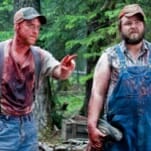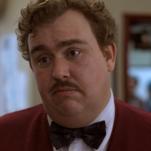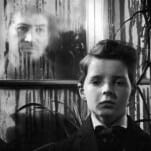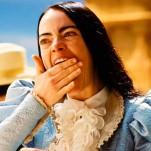The Best Horror Movie of 1995: Se7en, a.k.a. Seven
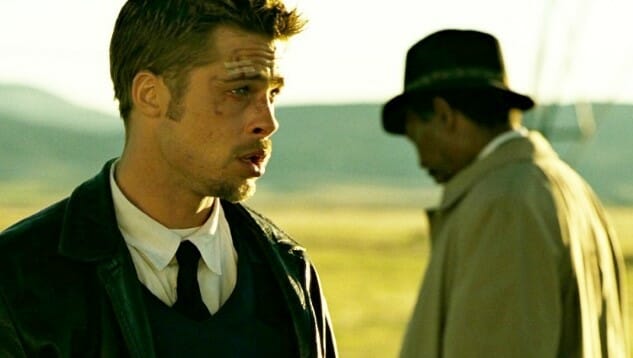
This post is part of Paste’s Century of Terror project, a countdown of the 100 best horror films of the last 100 years, culminating on Halloween. You can see the full list in the master document, which will collect each year’s individual film entry as it is posted.
The Year
We just can’t build up any momentum in this decade, can we? Every time there’s a year with a good number of high-quality releases, the next year seems to recede in quality and quantity to balance things out. It’s as if Hollywood producers of the era weren’t quite sure of horror’s status as a bankable entity, and we see releases on a few different tiers of production value as a result. At the top of the pile, there are big-budget films that blend horror in with other genres, such as The Silence of the Lambs, Interview with the Vampire and Seven. But at the same time, horror is living a double life, with direct-to-video releases such as Castle Freak or Subspecies keeping the 1980s horror geeks happy. It’s almost as if these two sides of the horror coin are fighting for supremacy in this decade.
Like other recent years, 1995 is lucky to be anchored by a sole classic in the form of Seven, even if it’s another one of those films that some critics didn’t want to deign with the embarrassing title of “horror.” Moving past the #1 pick, things drop off pretty quickly.
The Prophecy, at least, has a lot of potential, although you might say that the execution is a little wonky at times. The story of a renegade angel trying to bring about doomsday, it stands out for a couple of mesmerizing key performances—Christopher Walken as primary antagonist Gabriel, and Viggo Mortensen as tertiary antagonist/unlikely human ally Lucifer. As we recently pointed out in our list of the greatest film portrayals of Satan, Mortensen’s Devil is an all-timer. He only appears in a few scenes, but his performance is so electric, and so totally unnerving, that it’s worth watching the film just to see him work. Whether he’s eating angel hearts or threatening to “fill your mouth with your mother’s feces,” it makes you wish there was an entire film about this particular version of Lucifer. He would have been a spectacular choice for Netflix’s upcoming Sandman adaptation, if they choose to include the renegade angel.
Also notable is Tales From the Crypt: Demon Knight, the superior entry in the HBO series’ transition to the big screen, the other film being the lesser vampire story Bordello of Blood. Demon Knight, on the other hand, is a kooky combination of Night of the Living Dead-style “trapped in a building under siege” tropes and horror-tinged Christian mysticism, with more than a little comedy as well. Frank Darabont regular William Sadler stars as the guardian of a mystical Christian object that has the power to ward off demons, but is pursued by a demonic Billy Zane (yep, it’s the ’90s), who will bring about the end of the world if he gets his hands on it. Featuring a performance by a young Jada Pinkett that has made the film a significant object in black horror cinema of the 1990s, the cult of Demon Knight fans has grown pretty steadily in the 2000s and beyond.
The rest of the year gives us the influential urban horror anthology Tales From the Hood, along with John Carpenter’s rather unnecessary Village of the Damned remake, mostly notable for being Christopher Reeve’s last starring role before his spinal injury. Also: The incomprehensible low point that is Halloween 6: The Curse of Michael Myers, which is equally problematic in EITHER the original version or so-called “producer’s cut.” Donald Pleasence deserved better for his final appearance as Dr. Loomis.
-

-

-

-

-

-

-

-

-

-

-

-

-

-

-

-

-

-

-

-

-

-

-

-

-

-

-

-

-

-

-

-

-

-

-

-

-

-

-

-


































